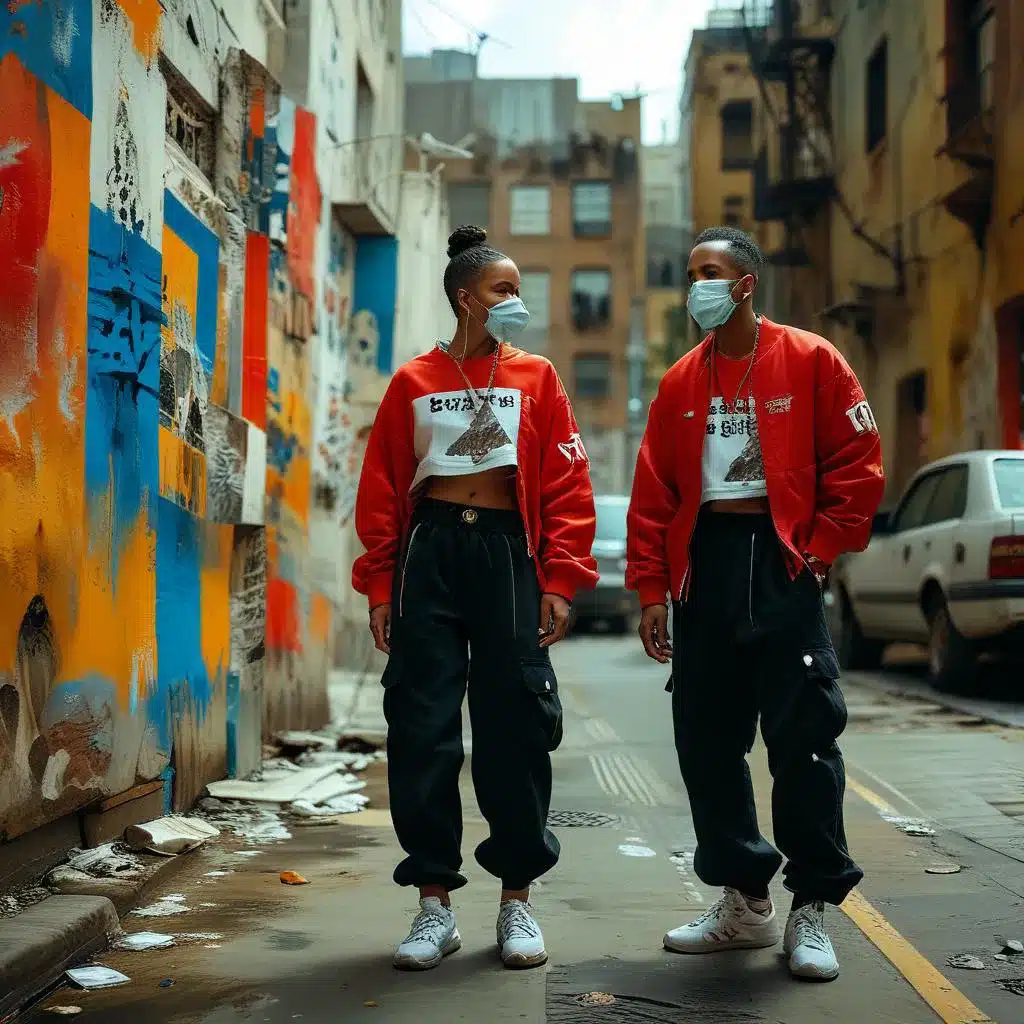Table of Contents
Urban culture is a vibrant tapestry woven from the experiences, traditions, and innovations of people living in cities. With over half of the world’s population now residing in urban areas, cities are not only centers of commerce and industry but also epicenters of culture, art, and social dynamics. This article explores the multifaceted nature of urban culture, its evolution, and how it continues to influence our daily lives.
The Evolution of Urban Culture
Historically, urban culture has been shaped by migration, trade, and technology. As people flocked to cities for work opportunities, they brought with them their customs, beliefs, and art forms. This amalgamation has led to the development of unique urban identities. Cities like New York, Tokyo, and Paris are not just geographical locations; they are living entities characterized by their distinctive cultural landscapes.
Urban areas also serve as melting pots where different social groups converge, creating a dynamic environment that fosters creativity and innovation. Music, art, cuisine, and fashion all thrive in these settings, often leading to the emergence of new genres and trends. For instance, the birth of hip-hop in New York City during the 1970s can be attributed to the rich cultural exchange among African American, Latino, and Caribbean communities.
The Impact of Technology on Urban Culture
The digital age has further transformed urban culture. With the rise of the internet, social media platforms, and mobile applications, city dwellers can now connect in unprecedented ways. Urban culture is no longer confined to physical spaces; it has expanded into virtual realms where communities form around shared interests.
One noteworthy development is the growing interest in online activities such as gaming and virtual entertainment. Among these, the emergence of online casinos has captured the attention of many urban residents seeking leisure and excitement. SportsCasting’s guide offers a comprehensive overview of this rapidly evolving landscape, providing insights into trends, strategies, and tips for navigating the world of online gaming. As urbanites seek new forms of entertainment, platforms like SportsCasting are instrumental in guiding them through the plethora of options available.
The Role of Public Spaces
Public spaces are another critical component of urban culture. Parks, plazas, and streets serve as gathering places where people from various backgrounds come together. These spaces facilitate social interactions, foster community ties, and encourage civic engagement. With high-quality amenities, such as those provided by Felton, events such as farmers’ markets, art festivals, and concerts can take place in these areas, enriching the urban experience
Moreover, the design of public spaces can significantly influence urban culture. Thoughtfully designed environments encourage inclusivity and accessibility, allowing for a more diverse range of activities and interactions. Cities like Copenhagen and Melbourne are often lauded for their pedestrian-friendly infrastructure, which not only enhances the quality of life for residents but also encourages cultural expression through art installations, performances, and public gatherings.
Challenges and Opportunities
Despite the vibrancy of urban culture, cities also face numerous challenges. Issues such as gentrification, economic inequality, and environmental sustainability threaten the cultural fabric of urban areas. Gentrification can lead to the displacement of long-standing communities, eroding the very essence of what makes urban culture unique.
However, these challenges also present opportunities for innovation and resilience. Many cities are adopting inclusive policies that promote cultural diversity and community engagement. Local governments, nonprofits, and grassroots organizations are increasingly working together to create initiatives that empower residents and celebrate their unique cultural heritages.
Conclusion
Urban culture is an ever-evolving phenomenon that reflects the complexities of modern life. As cities continue to grow and change, they will remain vital hubs of creativity, connection, and community. By embracing the diversity and dynamism of urban life, we can ensure that our cities remain vibrant places where culture flourishes. Whether through public spaces, digital innovations, or community initiatives, the future of urban culture is bright and full of potential.


